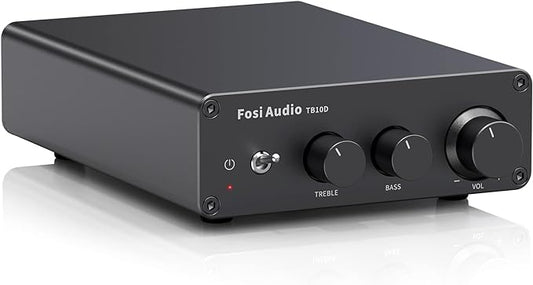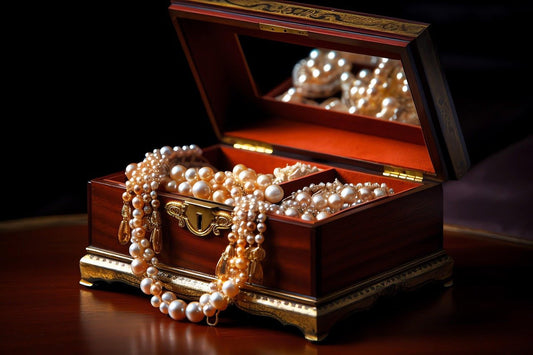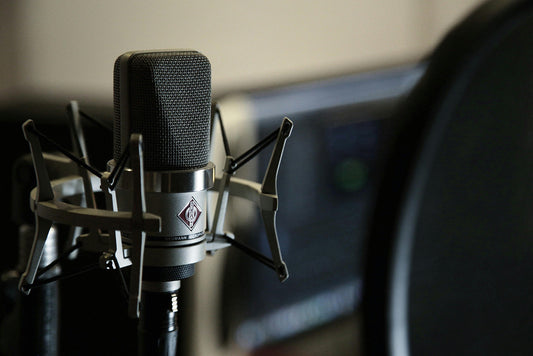Death of a monster
by Paul McGowan
Consider this post an unofficial death notice.
Monster Cable appears to have died. If you go to their website https://monsterstore.com/ you get a notice no one is home. With a little further investigation you find that link is from Shopify, an online store service unrelated to them. The URL Monstercable.com doesn't go anywhere yet it is still owned by the company.
There's plenty of articles speculating what happened: how Monster Cable resorted to making their own BitCoins and failed, how they lost the Beats Headphone brand, how crazy investors tried to take over, how they're working to restructure, and so on.
I haven't any more clue as to what happened than what I have reported here in this post and, to be honest, I really don't care about the gory details.
The passing of Monster Cable is a seminal moment in our industry.
I first met Monster Cable founder Noel Lee in the early-1980s at the home of Infinity founder Arnie Nudell. Over drinks and dinner, I heard all about how Noel wanted little to do with his roots selling premium cables into the high end audio sphere. He said to me something I will never forget:
"You can round up all the audiophiles in the world, drop them off the Santa Monica Pier and it wouldn't make a dent in Monster's business."
Over the years Monster became the juggernaut that we all came to know it as. And now it looks as if it has fallen.
Even the biggest among us don't live forever.
It's just a little sad when they are no more.
- Choosing a selection results in a full page refresh.
- Opens in a new window.








